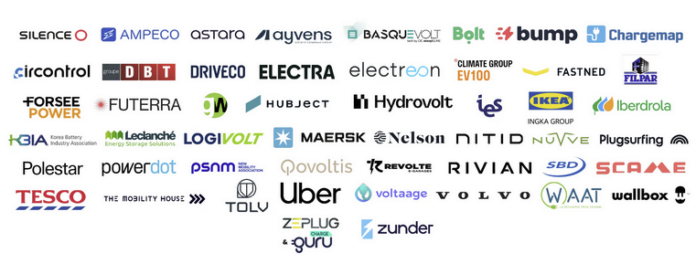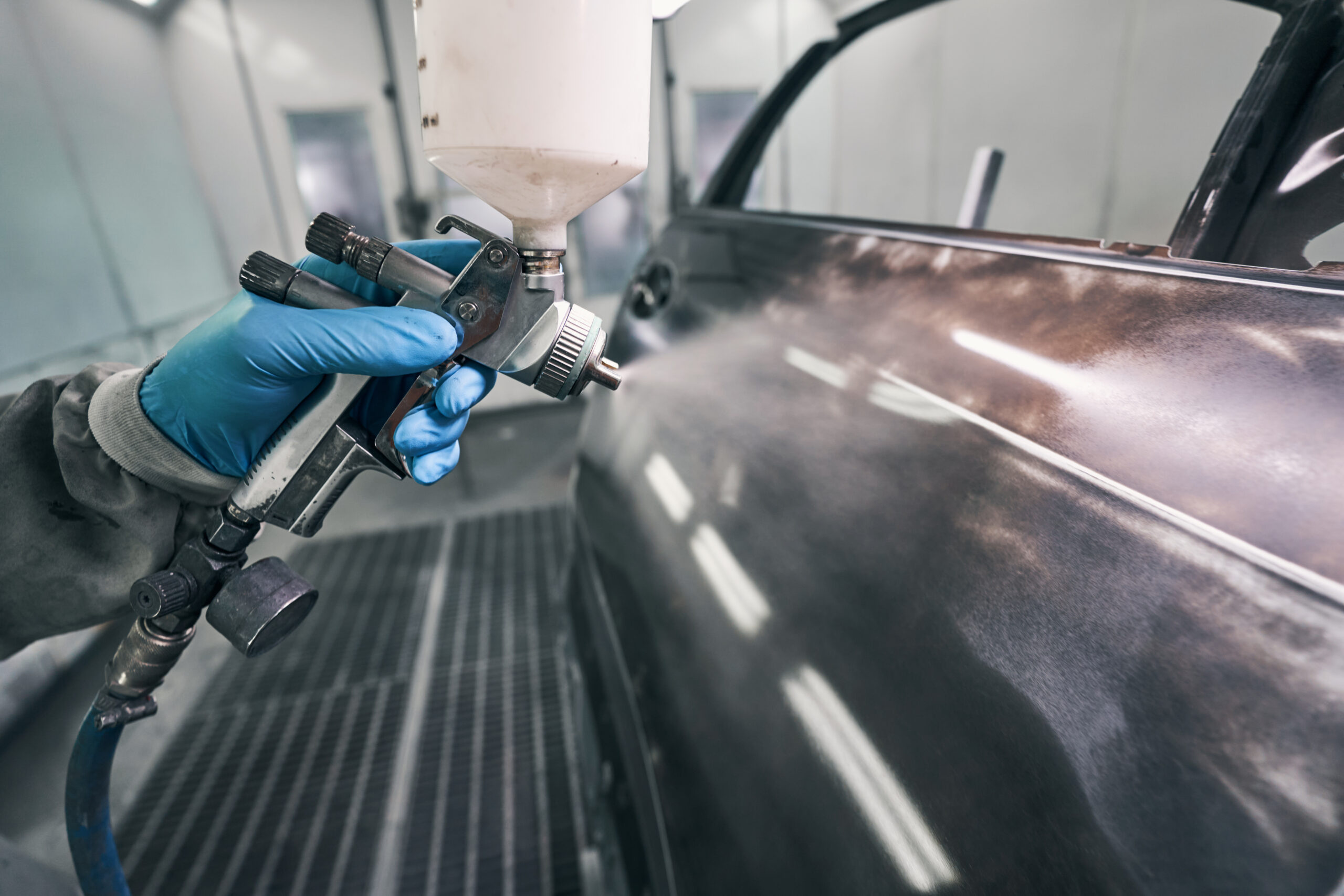The news is grim, and getting worse. For some time, the European automotive industry ran entire factories below break-even point, as it struggled with moving ‘national’ emblems into more cost-effective economies. Indeed, the inertia of moving an entire plant from one country to another usually means a few get to keep their jobs and most don’t.
This is a factor that has underscored the European business for more than four decades.
Towards the end of the last century the European Union enacted emission rules based in part on the USA system, although with a different drive cycle and pollutant limits. Starting with Euro I, the process was to discuss tighter limits, set an introduction date after which any ‘new type’ of model would have to comply. There was another date – usually 2 years after the ‘new model’ introduction – where all vehicles in production before the latest legislation had to comply.
This system worked well, with real-world improvements in air quality as the series progressed to Euro IV. This represented the cutting edge of existing automotive pollution control because the next stage – Euro V – encouraged yet higher combustion temperatures, especially for diesel, which began to reverse the great work done up to that point.
Two things happened – the automotive manufacturers agreed to Euro V even though NOx required brand new technology to address – it did not go into production until 2009 – and European administration messed up. Instead of a single law, it became three. In addition, heavy truck customers were able to get their vehicles built to meet a standard yet to be passed into law so that they could get tax incentives. The result? Euro V became 4 phases, ending with ‘Euro V c temp.’
Lessons will be learnt
In spite of agreeing Euro V had been a pretty big mess, the European Union pressed ahead with Euro VI, which became 4 phases. Four drawn-out, painful phases to end with the fifth – ‘Euro VI d temp.’ This regulatory road crash was seen as a success by the European Union administrators, but the results was:
Diesel engines:
- Air intake airflow measurement (not normally needed for a diesel engine)
- Ultra-high common rail electronic fuel injection system
- A move from air-to-air intercooling to air-to-water intercooling to enable better charge cooling strategy control (ie, more complex)
- A diesel particulate filter complete with upstream as well as downstream gas temperature sensors as well as pressure take-offs to measure pressure, which was used to trigger elevated temperature cycles to ‘burn off’ trapped particles (‘particulate filter regeneration’).
- A three-way catalytic converter
- A NOx reduction catalytic converter.
- Ammonia-based NOx reduction dosing into the exhaust system with its own filler neck, tank, pump, heated line and injector.
Petrol engines:
- Increased fuel injection system pressure with direct injection
- A move from air-to-air intercooling to air-to-water intercooling to enable better charge cooling strategy control (ie, more complex)
- A particulate filter – less complex than the diesel version.
- A three-way catalytic converter
You can see the engine and tail pipe emission systems had become very elaborate.
Worse, this equipment met the emission test rules, but resulted in steadily increasing fuel consumption as well as significant durability issues. The biggest offender was the diesel particulate filter regeneration, where unless the vehicles were driven at a mix of speeds for some distance (say, at least one trip of circa 30km every few days) the filter could clog.
There’s more
As this mayhem was rolling out amid the drum beat of Euro NCAP to increase safety (which resulted in increased vehicle weight, making the tail pipe emission situation harder to reduce) politicians did the unthinkable:
- 2001 – ‘diesel is the way’ because ethe lower combustion temperature led directly to lower CO2. Note CO2 was not a controlled pollutant from Euro I to Euro 6d temp.
- 2015 – ‘diesel is bad and is killing people’, a story based on many lies along with the high-fashion of the COP caravan. For the many who purchased vehicles under favourable tax incentives to this meant not only losing that, but damaging the residual value.
- 2019 – ‘ban the internal combustion engine by some date’ with State ministers through to local mayors announcing a number like it was some sort of game show.
The last date was the decision point for many European part suppliers linked to the internal combustion engine to close down, move out of the European market or move into a different activity.
Surprise!
In the wake of the disastrous Euro V and Euro VI affair, came Euro VII – except it is now has a name for cars and trucks, namely Euro VII and Euro 7. Naturally, as before, allowed tail pipe pollutant levels were reduced, and CO2 added. Of course. Never mind this would deliver very little difference to the results from the existing law, or that it would cost a huge amount of money to meet.
By this time manufacturers knew three things:
- Building internal combustion powered vehicles with or without electric drive assistance was more profitable than battery electric vehicles.
- The European Union was determined to stop sales of some / all / ‘who knows’ internal combustion engines by 2030 – no, wait – 2035 – no wait….
- The cost to develop solutions for cars and light commercial vehicles to then be banned after a mere 4 or 5 years was a no-go.
For the first time the European automotive industry told the European Union administrators to shove the proposed law where the sun does not shine, Back came empty threats – and the reply to those threats was even more blunt.
The Electric Chair
While all of the above – the rising costs, the retention of too many expansive factories, the mayhem with law – was going on, the politicians decided there just wasn’t enough law. So, with the UK first to enact this, annual quotas were introduced for new battery electric vehicle sales.
As with the emission rules, failure to comply with company specific annual targets for emission, fuel economy and now – BEV sales – led to huge fines. This against a back ground of the Covid-19 affair, the meddling by certain countries in the supply of good….
Right now, the European automotive sector, which the ‘liberal’ elements think at the same time is awash with cash and is totally evil – but does like spending the huge tax revenue it generates – is caught between two systems of fines. Get fined for not selling enough BEVs, or get fined for trying to sell more profitable internal combustion powered vehicles, if the annual corporate average tailpipe CO2 figure is above an arbitrary limit.
Shadowy influence
There have been many unaccountable non-Government organisations throughout all of the above. One, called Transport and Environment (‘T&E’) is very active in the automotive sector. No, wait. They are also active in aviation, shipping, construction, power generation and so much more. In addition, T&E are part funded by the European Union Commission.
Yes, a lobby group for European Union policy funded by the European Union.
Euro NCAP is similarly conflicted, but apart from the iffy Green NCAP output sticks to safety matters rather than pretending to be expert about everything everywhere all the time, something T&E seems to relish.
So, thanks to T&E lobbying, our vehicles are demonstrably more expensive to build and in spite of re-designing the tail pipe emission test (another huge failure where ‘agreed’ results are still not in place two years after becoming law), we are hectored to ‘go electric’ even though there’s not enough energy to keep the lights on. Unlike Euro NCAP that tends to employ specialists, T&E hires politicians or political researchers – most of whom have never worked outside of Government funded enterprises.
Reality vs. ideology
The former European Commissioner for economic activity and basket weaving, Thierry Breton (who was fired in September 2024 after a very ugly dispute with Elon Musk about social media, who then posted his final hissy fit on… X!), woke up in 2023 to declare when it was exactly, precisely almost too late ‘where have all the jobs gone?’
He was correct.
The European administration is beginning to understand all is not well with BEVs. Hence the Brussels Inquisition about alleged price fixing in China.
Stand aside! T&E to the rescue of the BEV!
Up pops an internet splash page (industryfor2035.org) which proclaims ‘Don’t re-open the EU 2035 cars target, say Volvo, Uber, Ayvens and 47 other companies’ – which became in the international press ’50 manufacturers want to keep the EU internal combustion engine ban’. Well, the splash site was created by T&E, and the ’50 manufacturers’ included Volvo Car (owned by Geely), Polestar (also owned by Geely) and Rivan (who don’t sell in the EU27, yet). Three. Not fifty.
T&E were left playing in their sand pit as major governments and international companies traded blows over who gets to tax what on imports. In other words, the real economy.
The lessons
Moving towards an international tail pipe emission standard has some negative effects, but if it only goes to modest levels than the manufacturers will be happy and there will be a positive effect, in time, on air quality in bigger cities.
In addition, having the Government not only setting law but micromanaging when the people doing this know nothing of the business is a disaster. By the time the politicians wake up, the industry will be destroyed. Certainly, if T&E pop up, move them out swiftly – or, indeed, any non-Government organisation.




